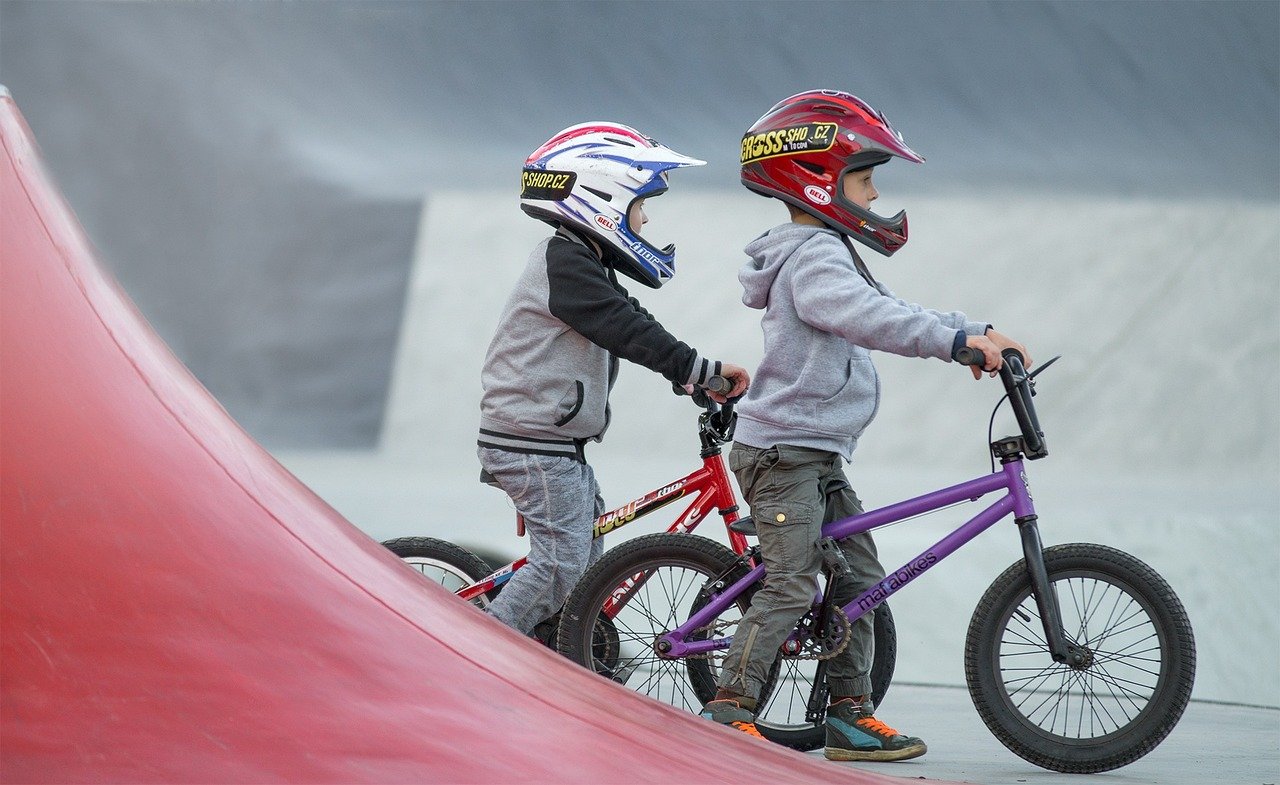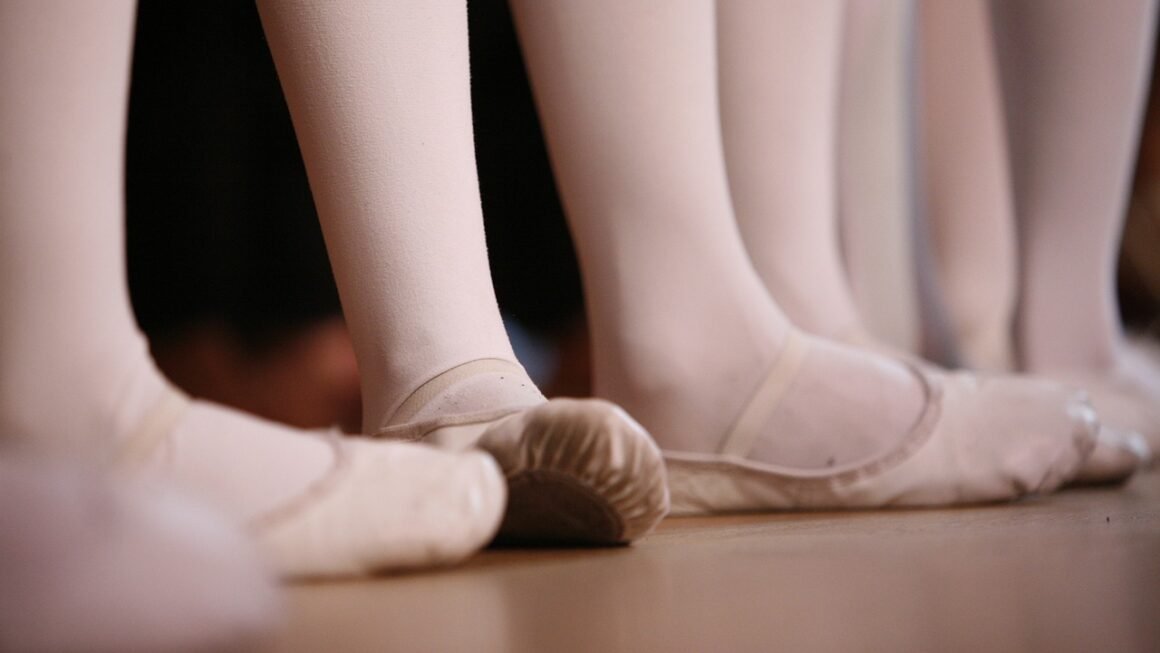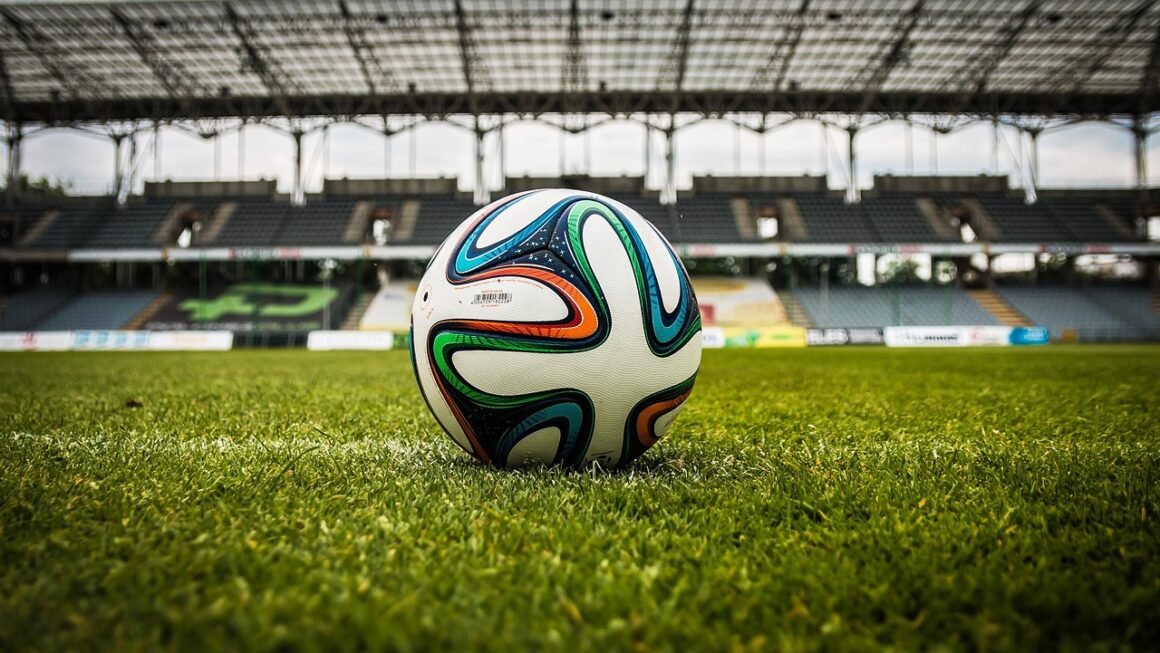Table tennis, also known as ping pong, is a fast-paced, engaging sport enjoyed by millions worldwide. From casual games in basements to Olympic-level competitions, the sport offers a unique blend of physical agility, mental strategy, and social interaction. Whether you’re a beginner picking up a paddle for the first time or a seasoned player looking to improve your game, this comprehensive guide will cover everything you need to know about the fascinating world of table tennis.
Understanding the Basics of Table Tennis
The Table Tennis Table
- Dimensions: A standard table tennis table is 9 feet (2.74 meters) long, 5 feet (1.525 meters) wide, and 30 inches (76 cm) high.
- Surface: The surface is typically made of wood or a composite material and is uniformly dark colored and matte to avoid glare.
- Net: The net divides the table in half and is 6 inches (15.25 cm) high.
- Example: Many recreational tables are foldable for easy storage, making them ideal for homes and community centers. Competition-grade tables offer a more consistent bounce and are designed to withstand heavy use.
The Paddle (Racket)
- Composition: Table tennis paddles are usually made of wood covered with rubber on one or both sides.
- Rubber Types: Different types of rubber provide varying degrees of spin, speed, and control. Smooth rubber is the most common, while pimpled rubber can produce deceptive shots.
- Thickness Restrictions: The International Table Tennis Federation (ITTF) regulates the thickness of the rubber and the overall racket.
- Practical Tip: Consider your playing style when selecting a paddle. Beginners often benefit from paddles with good control, while advanced players may prefer more aggressive options that maximize spin and speed.
The Ball
- Size and Weight: Table tennis balls are 40mm in diameter and weigh 2.7 grams.
- Material: Balls are made of plastic.
- Color: Typically white or orange.
- Example: Higher quality balls offer a more consistent bounce and are more durable, making them suitable for competitive play.
Table Tennis Rules and Gameplay
Serving
- The Toss: The serve must start with the ball resting freely on the open palm of the server’s stationary free hand. The ball must be tossed at least 6 inches (15 cm) into the air and struck behind the end line.
- Clear View: The ball must be visible to the receiver and the umpire throughout the serve.
- Landing: The ball must first bounce on the server’s side of the table and then bounce on the receiver’s side.
- Faults: A serve is a fault if the server fails to follow these rules, resulting in a point for the receiver.
- Practical Tip: Practice your serve to control the spin, speed, and placement of the ball, giving you an immediate advantage.
Scoring
- Points: A player scores a point when their opponent fails to make a legal return, commits a fault, or touches the table with their free hand.
- Games: A game is won by the first player to reach 11 points, with a two-point lead required to win.
- Matches: Matches are typically best-of-five or best-of-seven games.
- Example: If the score reaches 10-10, the game continues until one player leads by two points (e.g., 12-10, 13-11, etc.).
Returning the Ball
- One Bounce: The ball must bounce only once on your side of the table before you return it.
- Legal Return: A legal return involves hitting the ball so that it passes over or around the net and bounces on the opponent’s side of the table.
- Interference: Players cannot touch the table with their free hand during play.
- Practical Tip: Focus on footwork and positioning to effectively cover the table and make consistent returns.
Essential Table Tennis Techniques
Forehand Drive
- Description: A fundamental attacking stroke used to generate speed and spin.
- Technique: Stand with your feet shoulder-width apart, shift your weight to your back foot, and swing forward, brushing the back of the ball.
- Practical Example: Use a forehand drive to attack a weak return from your opponent, forcing them into a defensive position.
Backhand Drive
- Description: Another essential attacking stroke executed on the backhand side.
- Technique: Similar to the forehand drive, but the swing is initiated from the opposite side of the body.
- Practical Example: Use a backhand drive to counter a forehand attack directed to your backhand corner.
Push
- Description: A defensive stroke used to return the ball with backspin (underspin).
- Technique: Move forward and gently push the ball over the net, keeping it low.
- Practical Example: Use a push to neutralize an opponent’s attacking spin, giving you time to reposition and plan your next move.
Block
- Description: A defensive stroke used to return a fast, attacking shot with minimal effort.
- Technique: Position your paddle in front of the incoming ball to absorb the impact and redirect it.
- Practical Example: Use a block to return a powerful forehand drive, forcing your opponent to anticipate your defensive strategy.
Serve Techniques
- Topspin Serve: Generates forward rotation, causing the ball to kick forward upon bouncing.
- Backspin Serve: Generates backward rotation, causing the ball to float and bounce low.
- Sidespin Serve: Generates sideways rotation, making the ball curve in the air.
- Practical Tip: Vary your serve techniques to keep your opponent guessing and prevent them from anticipating your strategy.
Improving Your Table Tennis Game
Practice Drills
- Consistency Drills: Focus on repeatedly hitting the ball to improve your accuracy and control.
- Footwork Drills: Practice moving around the table quickly and efficiently to cover all areas.
- Serve and Return Drills: Develop your serve and return skills to gain an immediate advantage.
- Example: Spend 15 minutes each day practicing forehand drives against a block to improve your consistency and power.
Physical Fitness
- Cardiovascular Endurance: Improves stamina and allows you to play longer without fatigue.
- Agility and Reflexes: Enhances your ability to react quickly to your opponent’s shots.
- Strength and Power: Increases the speed and spin of your shots.
- Practical Example: Incorporate exercises such as running, jumping jacks, and core strengthening into your training routine.
Mental Game
- Focus and Concentration: Maintain your focus during matches to avoid making errors.
- Strategic Thinking: Analyze your opponent’s weaknesses and develop a game plan accordingly.
- Emotional Control: Stay calm and composed under pressure to make rational decisions.
- Practical Example: Visualize successful shots before each point to boost your confidence and focus.
Coaching and Training
- Professional Coaching: Seek guidance from an experienced coach to improve your technique and strategy.
- Training Partners: Practice with players of varying skill levels to challenge yourself and learn new tactics.
- Video Analysis: Analyze your matches to identify areas for improvement and track your progress.
- Example: Join a local table tennis club to find coaching opportunities and training partners.
Table Tennis Equipment and Maintenance
Table Selection
- Recreational Tables: Suitable for casual play at home or in recreational centers.
- Tournament Tables: Designed for competitive play and offer a higher quality playing surface.
- Outdoor Tables: Weather-resistant and designed for outdoor use.
- Practical Tip: Consider the available space and your budget when selecting a table.
Paddle Care
- Cleaning: Regularly clean your paddle with a specialized rubber cleaner to maintain its grip and spin.
- Storage: Store your paddle in a case to protect it from dust, moisture, and sunlight.
- Rubber Replacement: Replace the rubber when it starts to lose its grip or becomes damaged.
- Example: Use a soft sponge and mild soap to clean your paddle after each playing session.
Ball Storage
- Container: Store your table tennis balls in a sealed container to prevent them from becoming dusty or damaged.
- Temperature: Avoid exposing the balls to extreme temperatures, as this can affect their bounce.
- Rotation: Rotate your balls regularly to ensure even wear and tear.
- Practical Tip: Replace cracked or damaged balls immediately to maintain consistent play.
Conclusion
Table tennis is more than just a game; it’s a dynamic and engaging sport that offers physical, mental, and social benefits. By understanding the fundamentals, mastering essential techniques, and committing to regular practice, anyone can improve their table tennis skills and enjoy the thrill of the game. Whether you aim to compete at a high level or simply enjoy a friendly match with friends and family, table tennis is a sport that can be enjoyed for a lifetime. So grab a paddle, find a table, and start your table tennis journey today!



